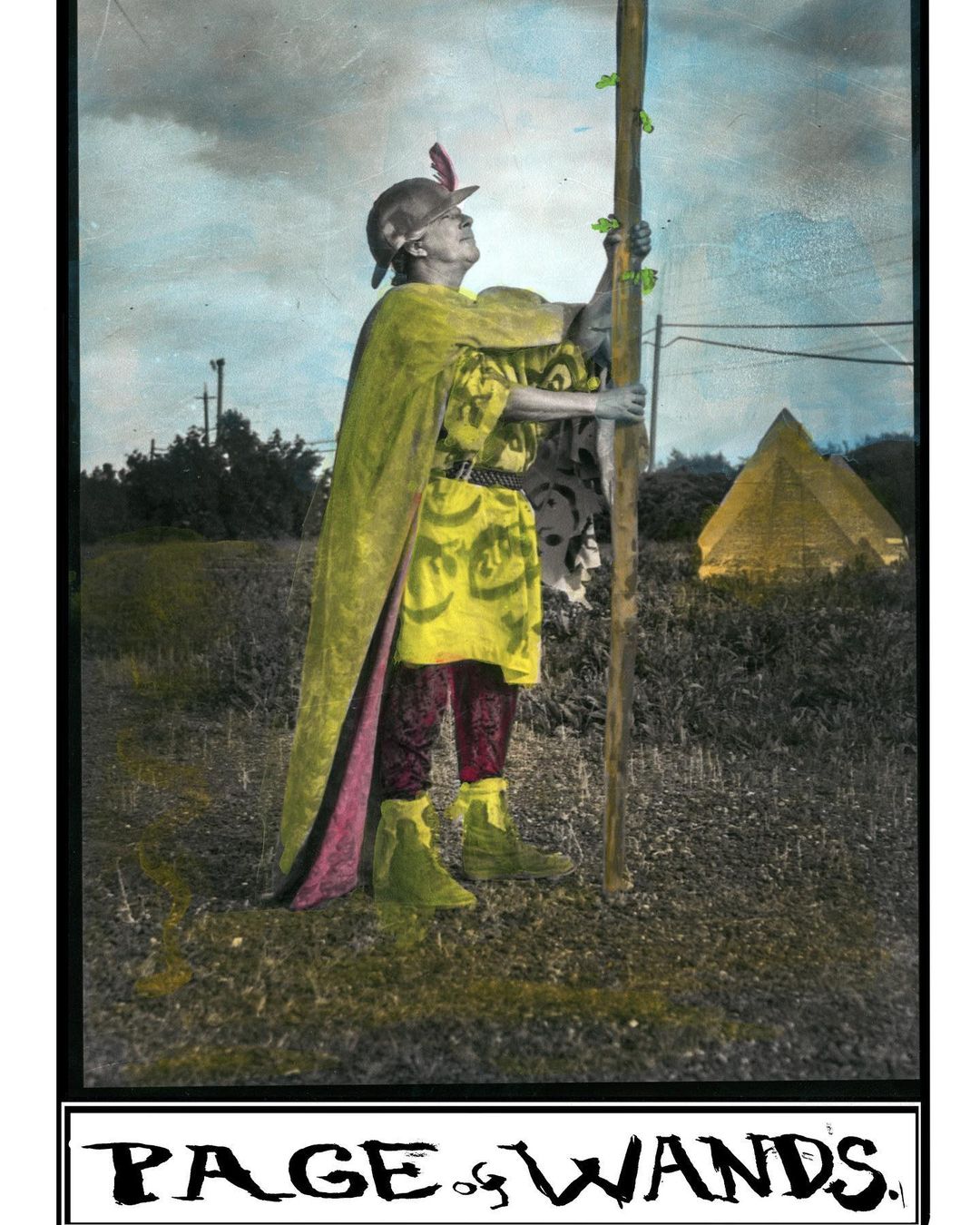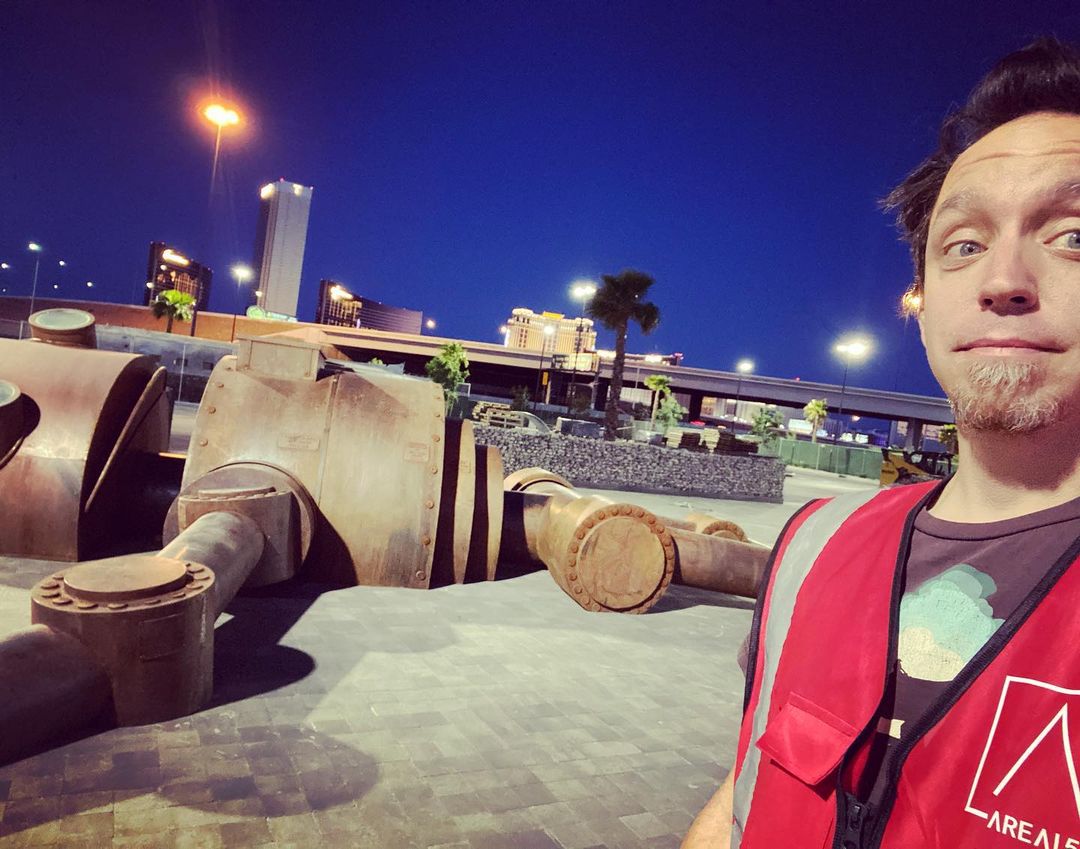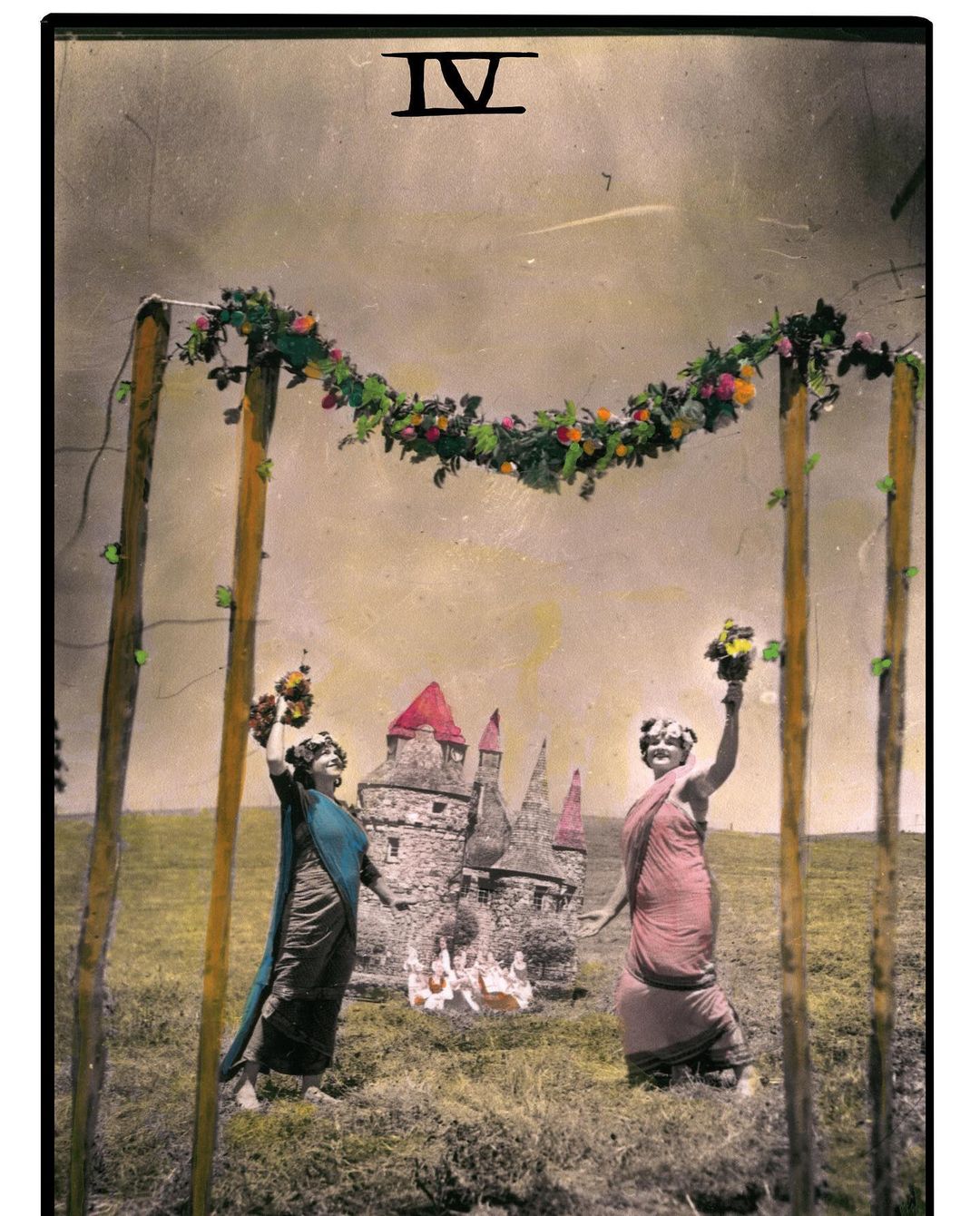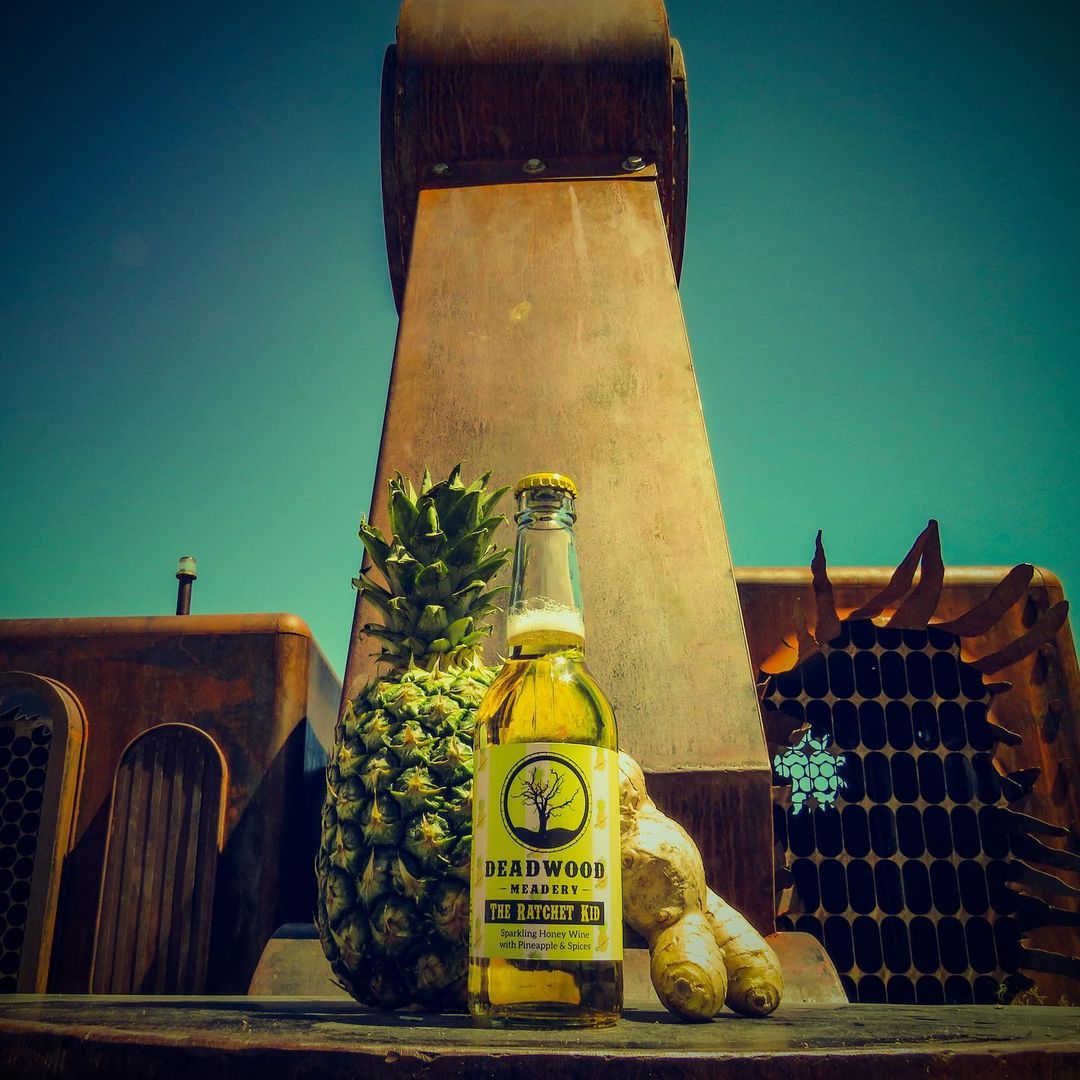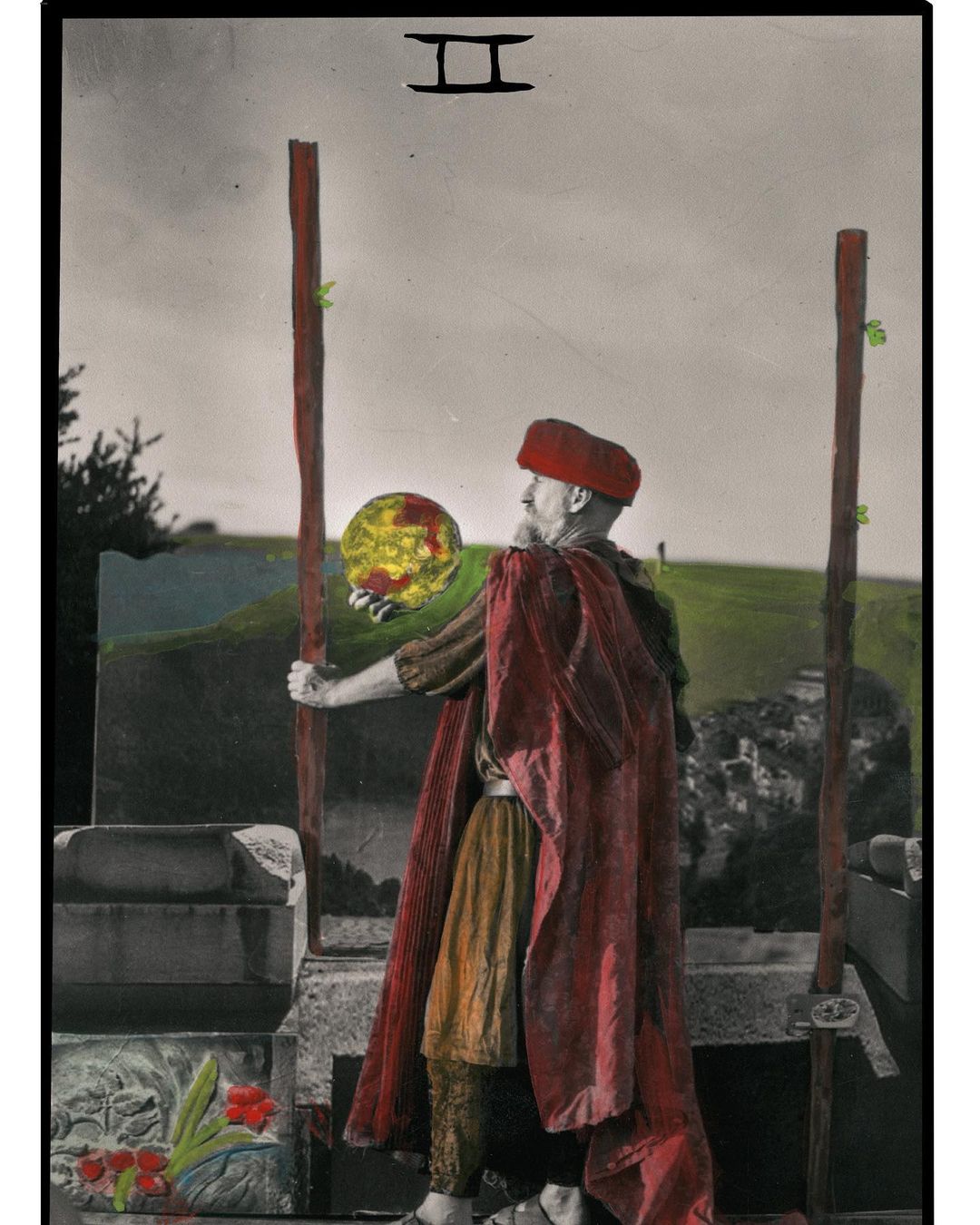Page of wands. Our new deck of hand colored photographic tarot cards are ready for pre-order please go to www.michaelgarlington.com to get your limited edition set. #pageofwands#tarot#tarotreadersofinstagram #tarotcards #tarotreading #tarotcommunity #tarotreader #tarotart#tarotartshow #tarotartwork #tarotartistsofinstagram #4x5photography #handcoloredphotography
BLOG
Good to see an old friend today. Gonna get it all fixed up and in perfect broken robot working order. #mechaninc #mechan9 #area15 #tylerfuquacreations
International Deadline: May 1, 2022 – Highly regarded Manifest Gallery invites MFA/MA Graduate art students to submit works to our 16th Annual International Exhibition. Cash award, publication…
For our March 2022 Member Spotlight, we feature Art Matters and their Artist2Artist program, piloted in 2021, where grant recipients — artists — act as grant-makers. There were no applications, no panel and the Board held no veto power beyond familial conflicts of interest. This evolving horizontal model of granting was created to affirm artists’ specialized knowledge of their communities and reduce the labor typically required for artists to access funding for their practices.
In 2020, Art Matters expanded the definition of artist to include a broader category of culture workers, to offer support to people organizing mutual aid, community engagement, and alternative support structures for artists. With that expanded focus embedded within, Artist2Artist has become a way of aligning ourselves with those already doing the valuable work to dismantle the philanthropic systems that does not fully empower artists. To help tear down what isn’t working and center artists’ sovereignty, to clear the way for them to build something new. In engaging alumni grantees as grantmakers, Art Matters discovered a number of artists and culture workers with practices outside of the typical reach, such as those highlighted in this spotlight.
You can also visit the Art Matters photo gallery on GIA’s Photo Credits page.
Image: David Hunter Hale.
GIA is sharing this blog post to as in introduction to the collaborative Racial Equity Coding Project being led by Doris Duke Charitable Foundation (DDCF) with Callahan Consulting for the Arts (CCA) and a cross section of grantmakers nation-wide.
We believe that what we count counts. GIA is participating in the Racial Equity Coding Project, the culmination of research led by Doris Duke Charitable Foundation (DDCF) with Callahan Consulting for the Arts (CCA), for just this reason.
This pandemic and the ongoing murders of Black people by the state has made eminently visible a crisis as old as the nation itself – structural racism. Our national grantmaking field has used this historic moment to increase support to Black, Indigenous, and People of Color (BIPOC) communities, as we should. With that said however, the national grantmaking field is already expressing some ambivalence about maintaining these changes going forward.
This ambivalence is evidenced through the challenges the larger funding field has faced in confirming the awarding of racial equity funds. GIA and DDCF are anxious that these challenges are, in part, exacerbated by the difficulty of collecting information on changes in equitable grantmaking over time. This difficulty was illustrated by findings in a joint report released in 2021 by PolicyLink and Bridgespan Group, what does racial equity funding really mean if there is no sector-wide consensus about what grantmaking efforts fit into the category? Michael McAfee, president and CEO of PolicyLink, says a consensus is needed to distinguish “between really good acts of charity” and “the liberatory work that is necessary to create” a just and fair society.
In our Racial Equity in Arts Philanthropy Statement of Purpose and Recommendations for Action, one of the actions to which GIA has committed is to advocate for research and data collection that accurately represents the demographics of folks served by and serving in arts organizations and foundations. The Racial Equity Coding Project has evolved from an internal research study on DDCF’s existing data into a larger, collaborative pilot that begins to measure racial equity in arts funding among a group of grantmakers.
Central to the issue of equity is self-determination. The resourcing of BIPOC communities for self-determination is what separates efforts toward equity from efforts toward diversity or inclusion. Similarly, GIA, DDCF, and others believe that our nation’s grantmaking community must exercise deliberate self-determination in tracking our support to racial equity. GIA has partnered with DDCF to examine how grantmakers track their own efforts at increasing equity in arts funding so as to more accurately hold ourselves accountable for increases and decreases in support to BIPOC communities.
In 2018, DDCF began working with CCA to complete initial research on how the national grantmaking field does or does not track support to racial equity in the arts. DDCF drafted a new measurement framework, based in part on GIA’s Racial Equity Statement of Purpose, that seeks to capture progress in racial equity in a nuanced manner. Specifically, the new measurement framework allows grantmakers to code their grants along a spectrum for three different considerations: The extent to which the effort or organization supported is By BIPOC communities; For BIPOC communities; About BIPOC communities. In 2020, DDCF tested the new By, For, & About measurement framework with the William & Flora Hewlett Foundation and the Andrew W. Mellon Foundation.
DDCF and partners presented at GIA’s 2020 virtual convening and – thanks to the interest expressed – recruited the following grantmakers to join them and Hewlett in applying the measurement framework to their own grantmaking: Arts & Science Council in Charlotte, NC; Jerome Foundation in St. Paul, MN; and Opportunity Fund in Pittsburgh, PA. The William & Flora Hewlett Foundation in Menlo Park, CA has also continued their engagement.
This blog is the beginning of GIA and DDCF’s engagement of the larger grantmaking field to share what we’re learning through this process and to broaden this experiment in self-determination for increased funding support to BIPOC communities nation-wide. We look forward to continuing to share further information with you throughout 2022.
4 of wands. Our new set of hand colored photographic tarot cards are ready for pre-order please go to www.michaelgarlington.com to get your limited edition set. JOURNEY TO THE TOWER. #4ofwandstarot #tarot#tarotreadersofinstagram #tarotarts#tarotcommunity #tarotreader #4x5photography #handcoloredphotography
Great shot of Mechan X by @deadwoodmeadery #mechanx #mechaninc #mechan9 #tylerfuquacreations #downtownlasvegas #giantrobot
As part of their February spotlight on land, wealth, and ownership, Common Future shares a series of pieces drawing reflections on the legacies of land, wealth, and culture theft and cataloging actions by BIPOC communities in response. “The loss of land not only results in stripping financial wealth from families, but cultural wealth as well,” Jennie Stephens, executive director of the Center for Heirs’ Property Preservation and Common Future network leader emphasizes. “It’s far more than just a parcel of land — it can be a window to the past that tells the story of a family, a community, or a way of life. Knowing about your family’s history and culture creates a sense of place and belonging.”
In a three-part series, Olayinka Credle, program director at Common Future discusses the history of land theft, how that history shapes our present culture, and how BIPOC communities push back. “It’s not just wealth,” Credle writes, “they are stealing something utterly priceless from families: memories, and a deeply personal history of love, joy, pain, tears, laughter, and more.”
2 of wandsOur new set of hand colored photographic tarot cards are ready for pre-order go to www.michaelgarlington.com to get your limited edition set. #twoofwands #tarot#tarotreadersofinstagram #tarotcards #tarotreading #tarotcommunity #tarotarts#4x5photography #handcoloredphotography
“To be a Native American art curator today comes with expectations from a tribal community and requires an ability to be engaged with tribal governments, know methods and art practices, and then be academically credentialed in the museum field,” reflects Tahnee Ahtone, a Native American art curator in her biographical essay published in Hyperallergic.
Ahtone conveys not only her experiences but hopes for her people, “Our people have suffered from genocide, historical trauma, erasure, social, and economic impact. Our scholars can prosper if they are allowed to genuinely participate, which feels like the biggest challenge facing American Indian curators.”

